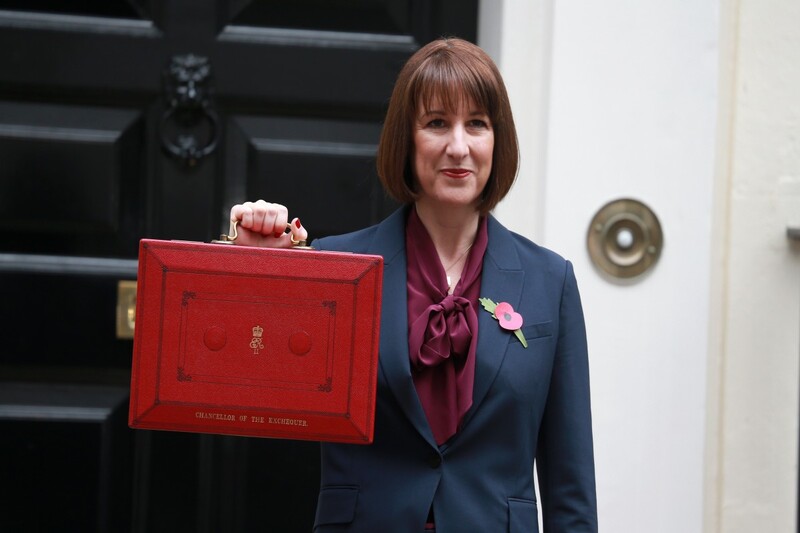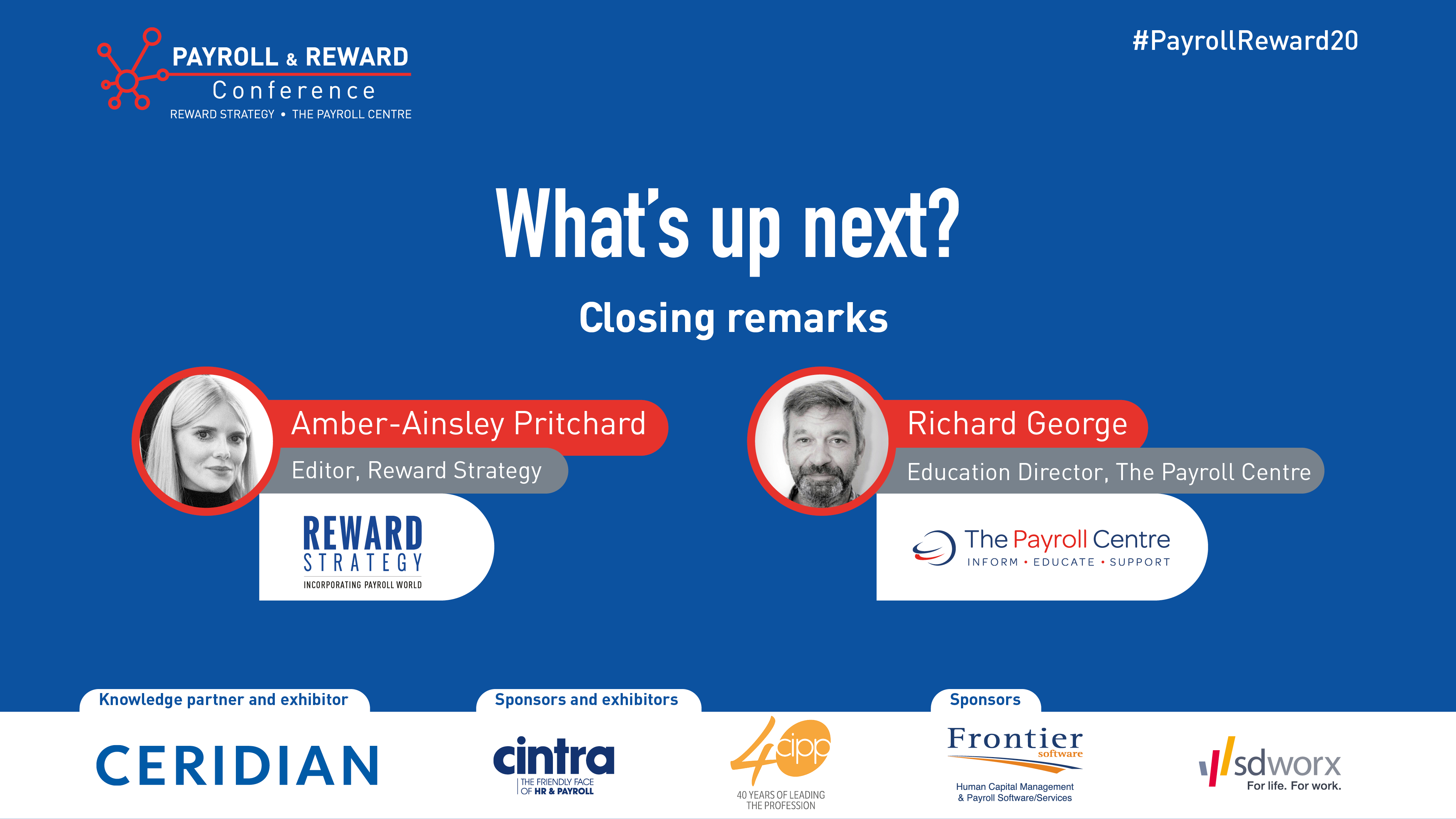Intelligence, community and recognition for pay and reward professionals.
Talking tax
The United Kingdom (UK) is made up of two different tax regimes: The first is the rest of the United Kingdom (rUK) regime covering anyone who is not captured by the second, the Scottish Income Tax (SIT) regime.

 Ian Holloway
Ian HollowayHowever, SIT is only a shared tax, meaning the UK Government retains control of things like the Personal Allowance and the overall taxation legislation telling us what is and is not taxable (the ‘tax base’). Scotland has control over the setting the tax rates and tax bands that apply to Scottish Taxpayers for non-savings and non-dividend taxable (NSND) income.
The UK-wide Allowances
| Tax Allowance | 2017/18 | 2018/19 | Change |
|---|---|---|---|
|
|
£ |
£ |
£ |
|
Personal Allowance |
11,500 |
11,850 |
+350 |
|
Income limit |
100,000 |
100,000 |
0 |
|
Marriage Allowance |
1,150 |
1,190 |
+40 |
|
The Married Couple’s Allowance |
|||
|
Maximum |
8,445 |
8,695 |
+250 |
|
Minimum |
3,260 |
3,360 |
+100 |
|
Income Limit |
28,000 |
28,900 |
+900 |
|
Blind person’s allowance |
2,320 |
2,390 |
+70 |
|
Personal Savings Allowance |
|||
|
Basic Rate taxpayers |
1,000 |
1,000 |
0 |
|
Higher Rate taxpayers |
500 |
500 |
0 |
The rUK regime 2018/19
With no changes to the rates, the following shows the modifications to the bands compared to 2017/18:
| Band | Rate | 2017/18 | 2018/19 | Change |
|---|---|---|---|---|
|
|
% |
£ |
£ |
£ |
|
Basic |
20 |
1 – 33,500 |
1 – 34,500 |
+1,000 |
|
Higher |
40 |
33,501 – 150,000 |
34,501 to 150,000 |
-1,000 |
|
Additional |
45 |
Over 150,000 |
Over 150,000 |
0 |
The Scottish regime 2018/19
In 2017/18, the Scottish Government chose to use their powers to a limit extent and only varied the band of earnings on which tax starts to become payable at 40% - essentially, less NSND income was payable at 20% but more at 40%.
Finance Secretary Derek Mackay chose to do something more radical in 2018/19:
- Importantly, the Scottish Basic Rate remains at 20%
- However, there is the introduction of a (new) Scottish Starter Rate at 1% below this
- Further, there is the introduction of a (new) Scottish Intermediate Rate of 21%
- The Higher rate increases by 1% (change) and
- The Additional rate is renamed Top Rate and also increases by 1% (changes)
The all-important Scottish Rate Resolution for 2018/19 and means the following tax rates and bands will apply (compared to 2017/18):
| Band | 2017/18 | Rate | 2018/19 | Rate |
|---|---|---|---|---|
|
|
£ |
% |
£ |
% |
|
Scottish Starter |
N/A |
N/A |
1 – 2,000 |
19 |
|
Scottish Basic |
1 – 31,500 |
20 |
2,001 – 12,150 |
20 |
|
Scottish Intermediate |
N/A |
N/A |
12,151 – 31,580 |
21 |
|
Scottish Higher |
31,501 – 150,000 |
40 |
31,581 – 150,000 |
41 |
|
Scottish Additional / Top |
Over 150,000 |
45 |
Over 150,000 |
46 |
And the following considerations….
The significant divergence between the rUK and Scottish regimes pose a few issues:
Tax and Relief at Source Pension Schemes?
The changes have posed considerations for the above RAS schemes that HMRC addressed in their ‘Pension schemes relief at source for Scottish Income Tax newsletter’ on 21 February 2018. Scottish Taxpayers in RAS schemes will get Basic Rate relief at 20%, even if their marginal rate of tax puts them in the Starter band (19%). Additional relief will have to be claimed from HMRC where the marginal rate of tax is either at the Intermediate (21%), Higher (41%) and Top (46%).
It is probably responsible to communicate this to our employees.
Tax and PSAs?
The already complicated and burdensome PAYE Settlement Agreement process looks set to become even trickier. We are now going to have to look at rUK Taxpayers and Scottish Taxpayers and consider there are quite a few different marginal rates.
Plus
There are implications for employers when looking a secondments of employees to or from Scotland (when changing Taxpayer status). It could be that an employee that is a rUK Taxpayer will pay more tax when changing to Scottish Taxpayer status, so are employers going to have to consider tax equalisation packages? They do this for international secondments so why not national secondments?
But it’s all devolution in practice
A Scottish Taxpayer with a rUK Taxpayer colleague on exactly the same income will see the two people pay different Income Tax. Whilst this also applied in 2017/18, the difference is greater in 2018/19 given that Scotland is using its revenue-generating powers more radically.
This exposes the purpose of devolution in the first place. The UK Government decided that the transfer or partial transfer of powers away from Westminster is the correct thing to do. This recognises that things are not the same in all of the four nations that make up our United Kingdom and devolved administrations are better-placed to make decisions that affect their nation.
So, whilst we might argue that equal pay for equal job does not mean equal tax, nobody can argue with the fact that the purpose of devolution is sound.






